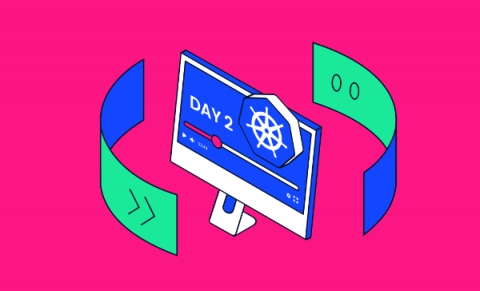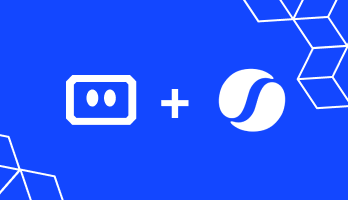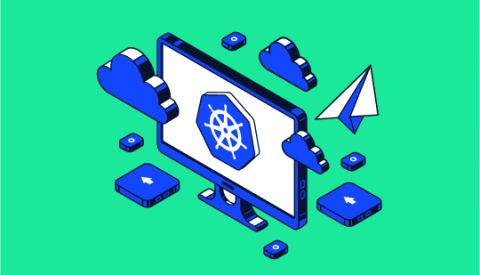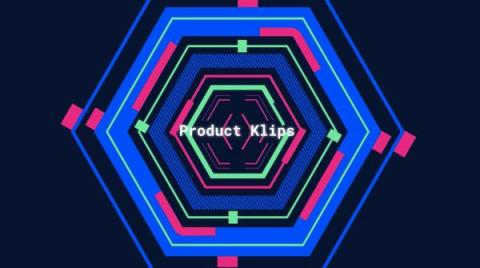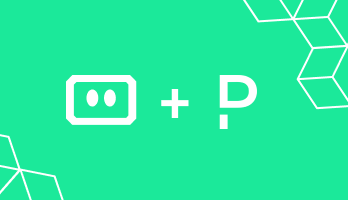Day 2 Challenges - Why Hiring a Platform Team is Not Enough
If you’ve been anywhere in the DevOpsphere in recent times, you have certainly encountered the Platform Engineering vs. DevOps vs. SRE debates that are all the rage. Is DevOps truly dead?! Is Platform Engineering all I need?! Have I been doing it wrong all along? These have become more popular than the mono vs. multi-repo flame wars from a few years back.


